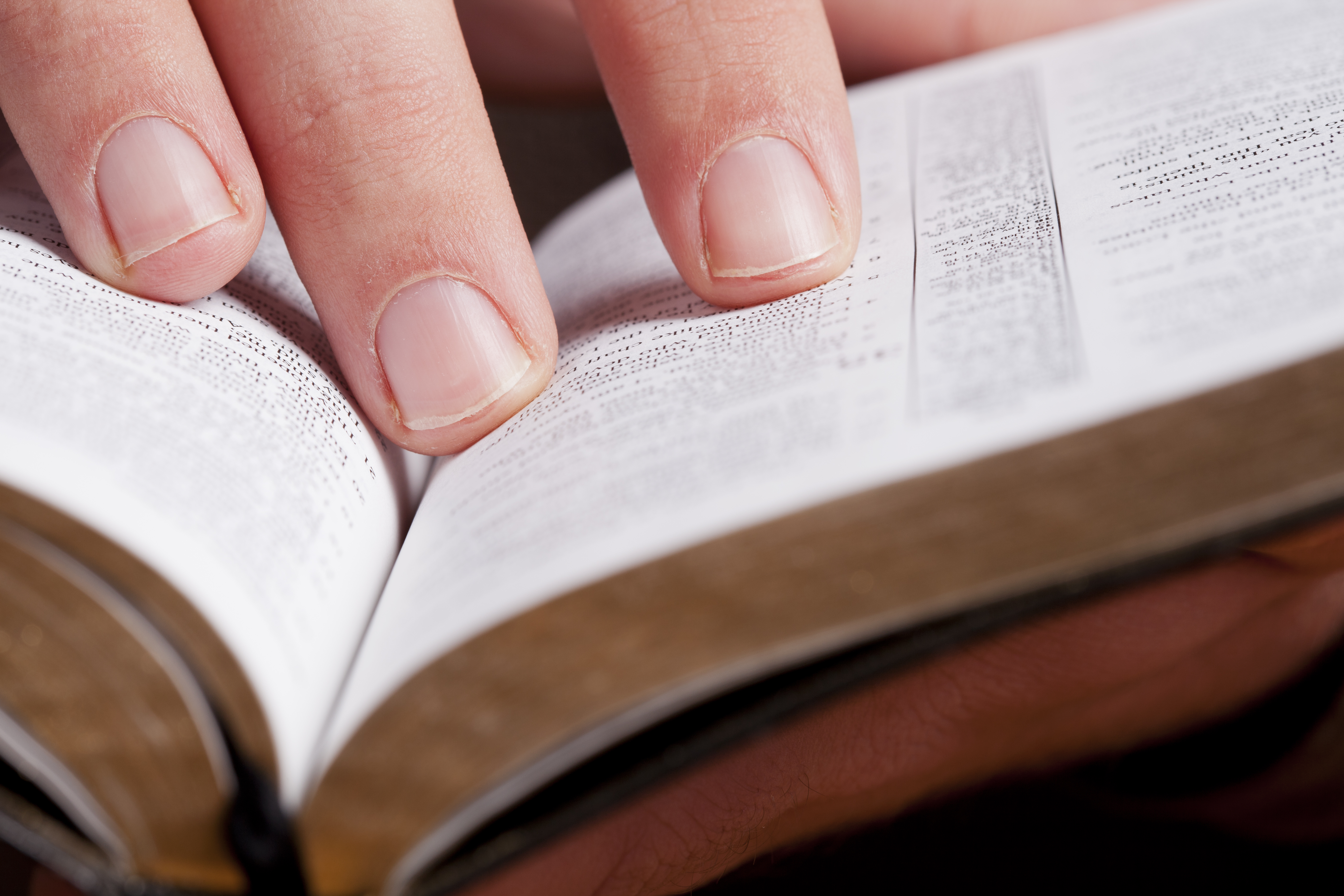Did Joseph and Mary have other children after Christ’s birth?

(The question at the head of this article was received by the editor.)
I recognize that this subject is one which has been raised in the past to promote controversy in relation to the Person of our precious Lord and His mother. In seeking to respond to the inquirer one is conscious that it may appear to be an attempt to promote the uniqueness of Mary, the mother of our Lord, but rather and emphatically, it is to promote and elevate the Person who "in all things must have the pre-eminence," and guard the essential place which He must have in the heart and mind of each one who professes to be a lover of Him. We seek, rightly, to guard His Eternal Sonship, His perfect Humanity, and the perfection of His work. This little article, humbly seeking to compare scripture with scripture, would demonstrate the unique place which He had in the home of Joseph and Mary.
The lineage in the gospel of Matthew is the lineage of Joseph, the husband of Mary. It is a kingly lineage, and from it our Lord was born the rightful King of Israel, because Joseph was His legal father under Jewish law. But aside from giving our Lord a legal title to the throne of Israel, Joseph had nothing to do with bringing Him into the world. He and His lineage bear no blood relationship to the Lord. To get the actual lineage from which He came into the world, we must go to Luke chapter three, where we have the genealogy of Mary. This lineage, as far as we may judge by human standards of righteousness, is a pure and clean one. Not one person on Mary’s side, from Nathan on down, has any blot on his record in the Word of God.
Both Mary and Joseph came from the tribe of Judah, and both were descendants of King David. But where the road splits is with the two sons of David, Solomon and Nathan.
Solomon was the father of Joseph’s lineage, while Nathan was the father of Mary’s lineage.
Since the Gospel of Matthew presents Christ as King of Israel, Joseph’s genealogy goes back only to Abraham. However, Luke’s Gospel presents Him as the Son of Man, and so Mary’s genealogy goes back to Adam.
But what about those who are called in the Word "His brethren," who lived in the same household with our Lord?
Are they not Joseph’s sons?
I don't believe they can be for the following reason:
Joseph could not have a child to set on the throne of David because he is the great grandson of Coniah. God made it clear that Coniah would have no man of his seed to sit upon the throne of David (Jeremiah 22:30), (Jeremiah 36:30), (Matthew 1:12) and the last one of the seed of that wicked King was Joseph, although Joseph himself was a just man (Matthew 1:19), the prophecy must be fulfilled.
Now in Matthew 13:55 we learn that there are four men known as the Lord’s "brethren," and they are: James, Joses, Simon, and Judas. Other scriptures show us that there were also some sisters, probably three. He had just come to Nazareth, "His own country," and the people there said: "Is not this the carpenter’s son? Is not His mother called Mary? and His brethren, James, and Joses, and Simon, and Judas?"
Let us now examine that comparing scripture with scripture!
- The mother of these four brethren was a woman called Mary, as we find in Mark 15:40, a scene at the crucifixion, "There were also women looking on afar off: among whom was Mary Magdalene and Mary the mother of James the less and of Joses, and Salome."
- But this Mary was the sister of the Virgin herself.
This is brought out in another reference about the same incident, John 19:25, "Now there stood by the cross of Jesus His mother, and his mother’s sister, Mary the wife of Cleophas,and Mary Magdalene." This followed a strange custom of that day, of sometimes giving two sisters the same name.
- In Matthew 27:56, this Mary is again called the mother of James and Joses.
Therefore I think we could clearly conclude from the scripture that:
These men, James, Joses, Simon, and Judas, were not actually brothers of our Lord, but cousins. They and their sisters were the children of Mary the sister of the Virgin and Cleophas, otherwise know as Alpheaus.For it was a known custom in that part of the world to call the "cousins" "brethren". Further, it appears that this family all lived in the same vicinity with Mary the mother of our Lord (Mark. 6:3), and thus it would be natural for the people in the neighborhood to refer to them as His brethren.
We know that Mary the mother of the Lord was a widow at the time of the cross, and her care was committed to the disciple John, who took her home and cared for her the rest of her days. We know that Cleophas and his wife Mary, and their children, were ardent lovers and followers of the Lord (Luke 24:18). Two of the sons, James and Jude are mentioned as Apostles of the Lord (Luke6:16 and Acts 1:13).
All this gives to the believing heart a sense of comfort and reverential admiration to know that no flesh and blood shared the place in the home of Joseph and Mary with our Lord. We love to think of Him riding into Jerusalem on a colt "whereon yet never man sat" (Luke 19:30). We love to think of His body being laid in a tomb "wherein never man before was laid" (Luke 23:53). We love to think of His singular glory in all things, whose name is above every name (Philippians. 2:9), and there is none like Him.




